Innovation developed in collaboration with the eco-organization CITEO to rethink the world of packaging while ensuring complete control over their end-of-life, food preservation, and food safety.
Plastic Free Paper: the only coating solution to replace plastics and chemical treatments for sealable packaging papers, a barrier to oxygen, fats, and mineral oils.
Plastic Free Paper is adapted for industrial use for food and non-food applications.
Lactips, the French company specializing in producing a 100% bio-sourced casein-based plastic element that is biodegradable in water and home compostable, must develop a solution for paper or cardboard packaging to strengthen the protection and conservation of food products without affecting their recycling. Paper packaging solutions, which are frequently popular with manufacturers, essentially due to their appeal to end consumers, often contain adjuvants that limit their recyclability or prevent biodegradability. The
Lactips has developed a first-generation Plastic Free Paper to allow manufacturers an innovative solution for sustainable, high-performance paper or cardboard packaging.
Paper packaging solutions are frequently influential but often at the expense of their recyclability.
Besides a recycling rate of around 74% in 2020 in Europe, supported by the effective collection, ordering, and recycling channels, paper is a material wholly aligned with a circular economy strategy.
Though, on its own, it cannot be used for food packaging as it is permeable to water, oxygen, and even fats. In conclusion, paper is often used in conjunction with plastic materials, sometimes metalized to protect products.
Those plastic coatings make recycling the paper more complicated, generate virtually impossible waste to sort and end up implying incinerated or sent to landfills.
Particular grease-proof food papers are treated with per- or poly-fluorinated alkyl substances (PFAS), which, due to these compounds moving into food products, have been flagged as a health uncertainty by the European Food Safety Authority (EFSA) in a statement announced in 2020.
Denmark has now banned PFAS in paper and cardboard since 2020. Germany, the Netherlands, Sweden, and Norway have regularly declared plans to present a proposal to the European Chemicals Agency (ECHA) by July 19, 2022, to restrict PFAS.
.jpg)
[ add comment ] ( 1 view ) | permalink |




 ( 3 / 698 )
( 3 / 698 )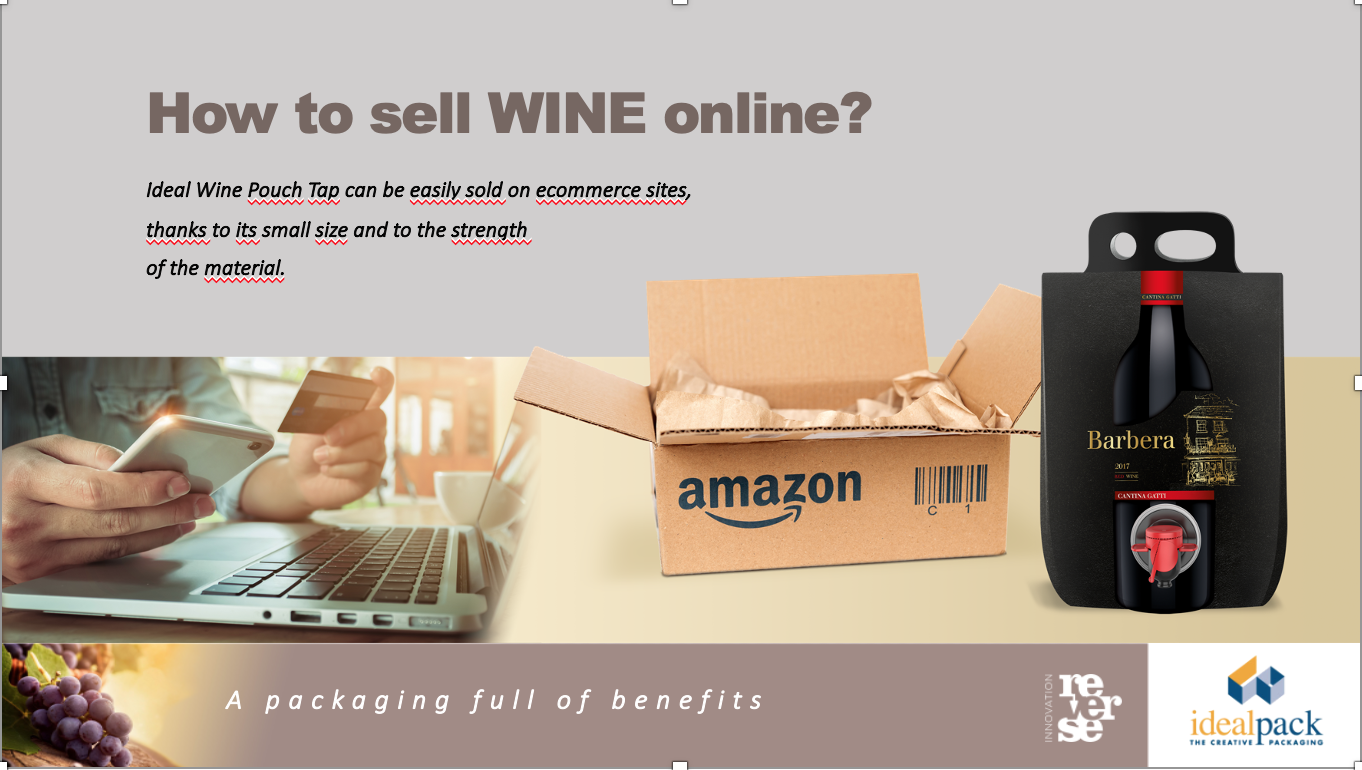
[ add comment ] ( 20 views ) | permalink |




 ( 2.9 / 799 )
( 2.9 / 799 )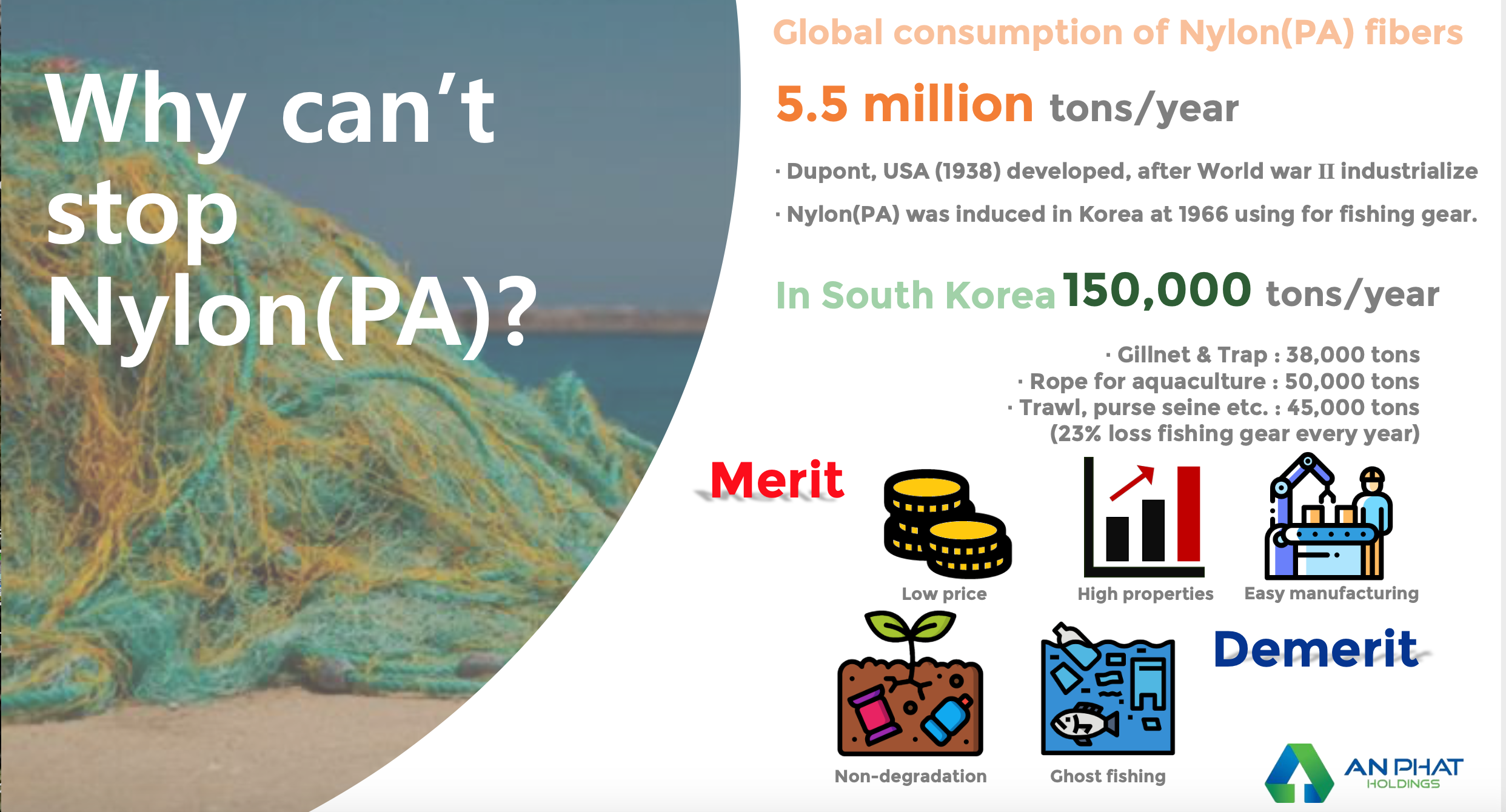
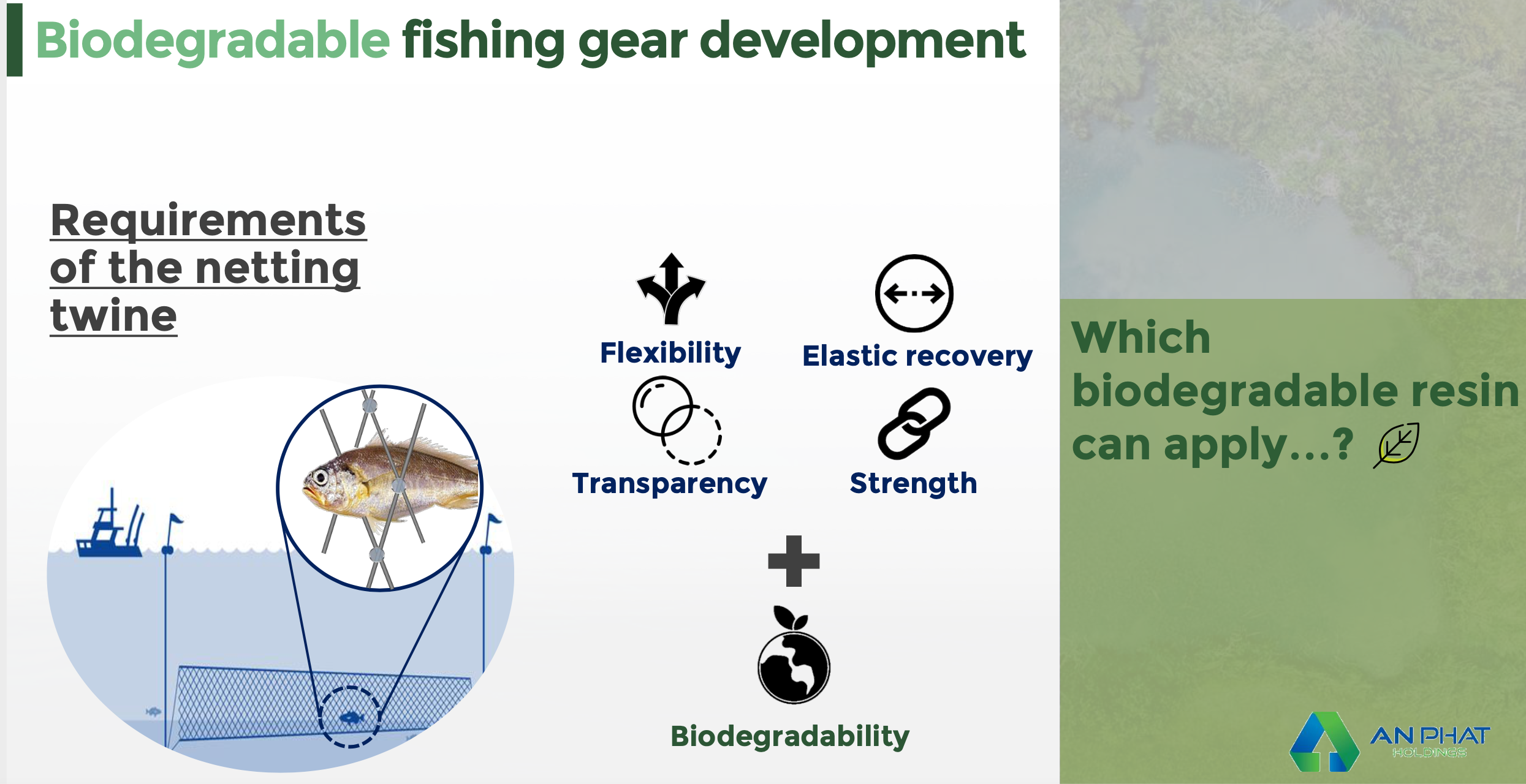
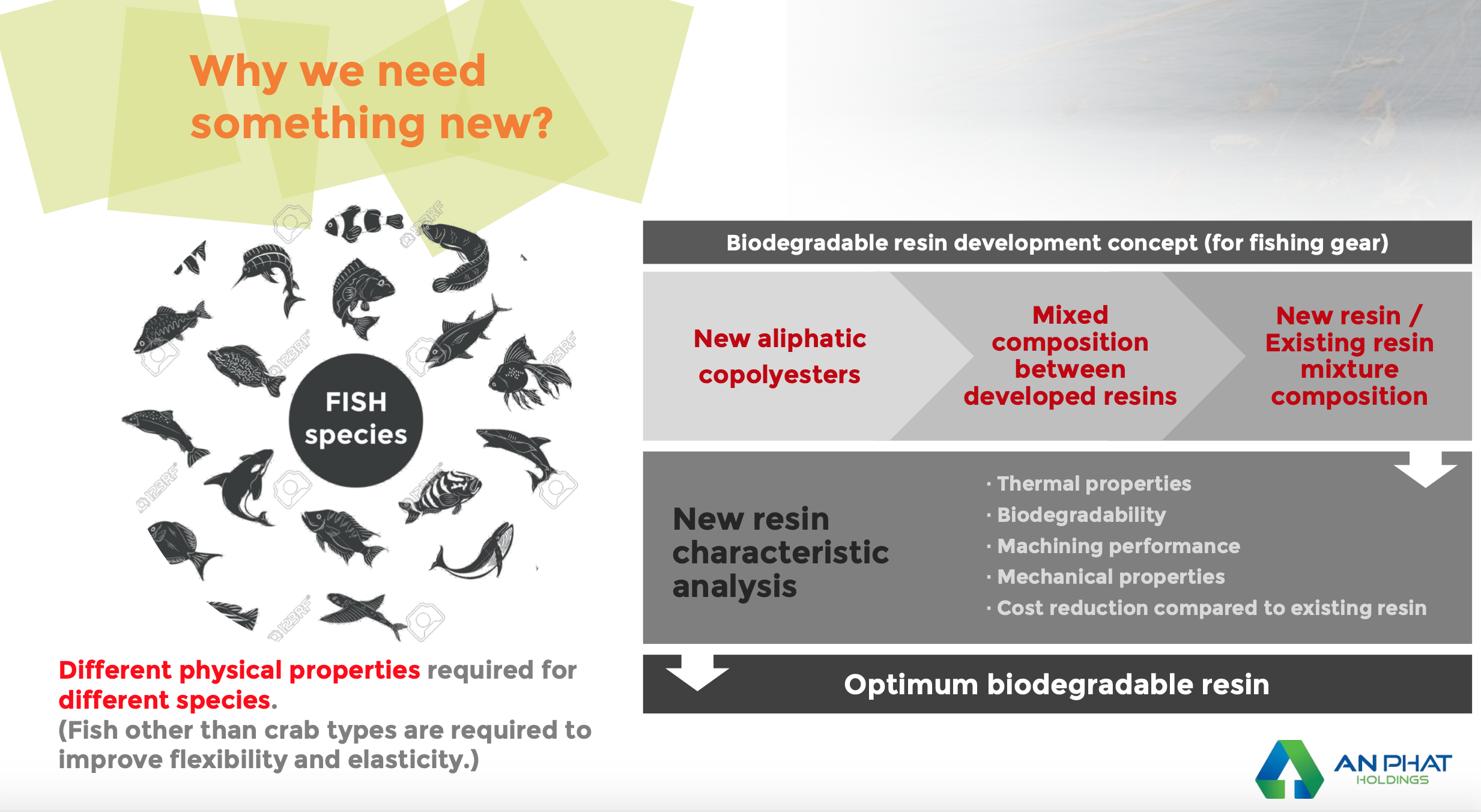
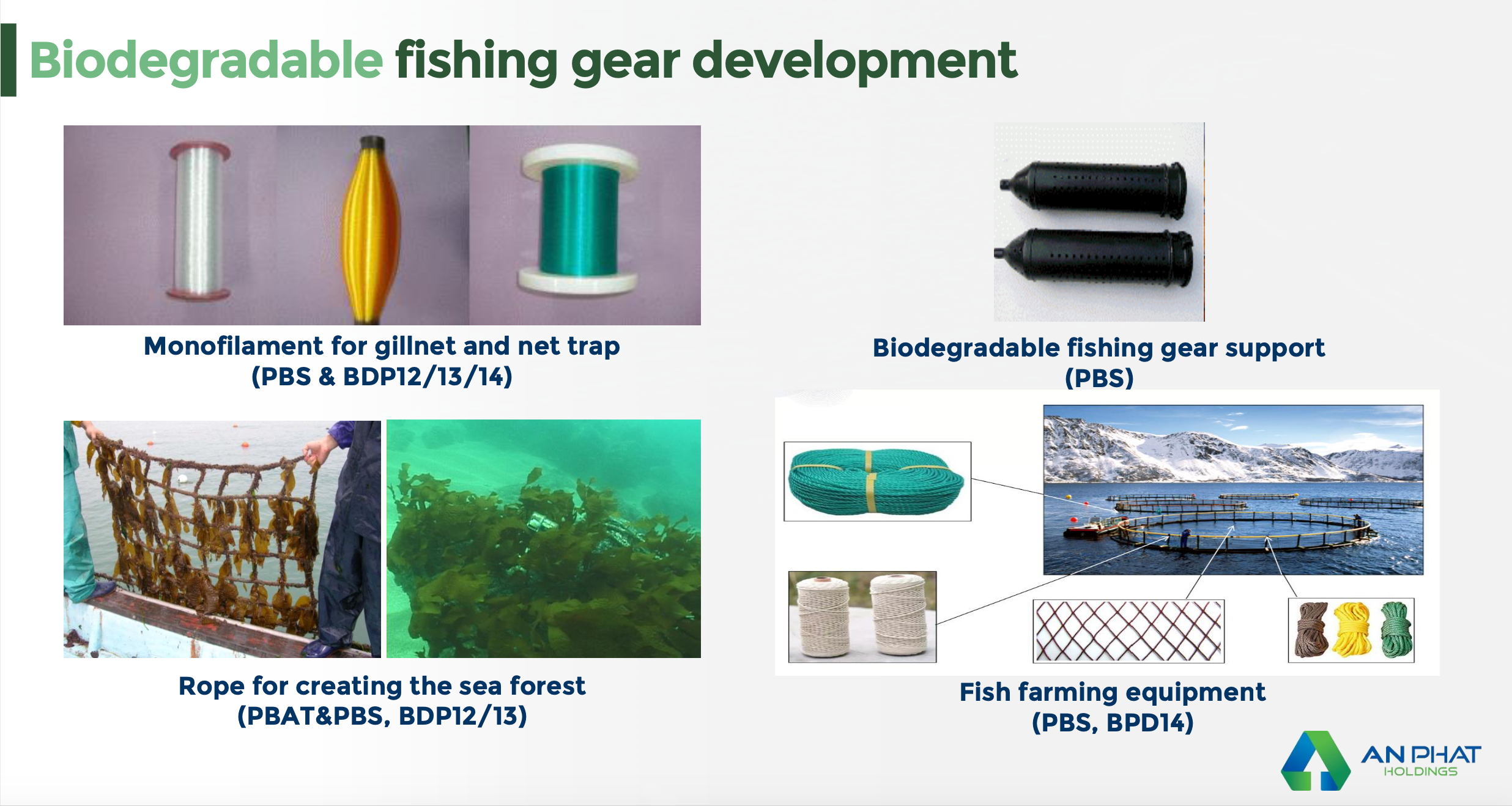
If you are interesting to know more in Italy please contact IDEALPACK
info@idealpack.it
[ add comment ] ( 17 views ) | permalink |




 ( 3 / 880 )
( 3 / 880 )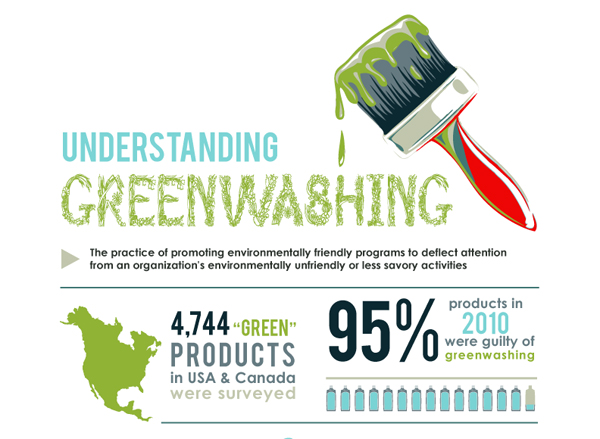
"Your youngest don’t allow you sleep, the older ones won't even let you rest"...
This Yiddish proverb seems perfectly suited when viewing the evolution of the theme of sustainability, particularly in the world of packaging.
Let's be clear, «a development capable of ensuring the satisfaction of the needs of the present generation without compromising the possibility of future generations to achieve their own» (*) is a very serious imperative, which cannot be questioned if we want to avoid eternal damnation.
And this is why the concept of sustainability rightfully has a broad meaning, which includes not only the environmental dimension but also the economic and social one.
But precisely because it is so tremendously important, the use and abuse of it, the ignorant or worse, culpable instrumentalization of the matter that is now spreading and that affects both large and small businesses appears less and less tolerable.
It was inevitable that, years ago, in the initial phase of focusing on the problem, of recognition of what had been stubbornly denied up to that point, behaviors and choices of convenience prevailed, which translated into communication strategies aimed at constructing a deceptive image in terms of environmental impact, in order to divert attention from the negative effects on the environment deriving from one's own activities or products.
But today we have had our fill of this practice, of this everlasting greenwashing, which has only become more sophisticated, which hinges on the same old, often blathered out, keywords of an ecological flavor.
Of course it’s all grist to the mill, as they say, and the initiatives that focus on the use of recycled materials or on the installation of photovoltaic roofs, on the use of LED lamps or on the choice of raw materials of vegetable origin, are indeed great; provided however a precise quantification of costs and benefits, without omitting anything, is carried out.
But to starve entire masses of people in order to have bio-based materials that satisfy the expectations of some marketing department, doesn't truly appear to me as sustainable. Likewise, reducing the amount of packaging material cannot represent an advantage, beyond appearances, if the processing waste is increased or, what is even more terrible, if the performance in terms of protection of the organoleptic and health hygienic characteristics of packaged products is affected.
So let's start putting things down clearly: "Let's state the figures" when we talk about sustainability!
The tools have existed for a long time and, to begin with, it would be a good thing not to boast the benefits of a goods item or a service, if not by quantifying the potential impacts on the environment and on human health, with a precise Life-Cycle Assessment (LCA).
In the absence of "culture" and common sense, when we talk about materials, we now tend to embark on a witch-hunt; so, as we know, plastic is the devil incarnate, "the prime origin of Evil", to be banished to the underworld.
Personally I don't agree.
Rather, I am convinced that this pliable, ductile material has become the classic scapegoat that, as we read in the dictionary, "is capable of bearing the evils and faults of the community, which via this process of transfer, is freed from culpability of the same": freeing us from facing up to more complex problems linked to the reality of our national material collection, selection and recycling (and, why not, of waste-to-energy incineration,) systems.
Hence all hail to those who have the courage to speak out, tackling sustainability in a more conscious and sustainable way.
So far responsibilities and deceptions have not been lacking.
On the one hand, a productive world incapable of going beyond the pure logic of profit and, for this reason, forced to chase after events (which are becoming increasingly dramatic) without having the ability to anticipate them; on the other, the belief that everything that "is not" is better, even in the absence of technical and scientific evidence.
Alas, as in other fields, it seems that the important thing is "to simplify", because reasoning is arduous effort that engages knowledge and will.
Seneca, in his dialogue "The happy life", in order to reach this goal, recommends that we first of all clarify the goal, then study the course well, being careful not to listen to the discordant voices that drive in different directions, as the best-known ways are the most deceptive ones: «We must therefore absolutely avoid following - as sheep do - the flock of those who precede us, directing us where everyone goes, instead of where we should go... But since everyone prefers to accept the opinion of others instead of thinking for themselves, even when dealing with one's own life, one merely believes rather than judges».
By Stefano Lavorini - ITALIAIMBALLAGGIO
October 2019
[ add comment ] ( 27 views ) | permalink |




 ( 3 / 1622 )
( 3 / 1622 )Despite increased production, bio-based polymers still account for only 2% of plastics consumption
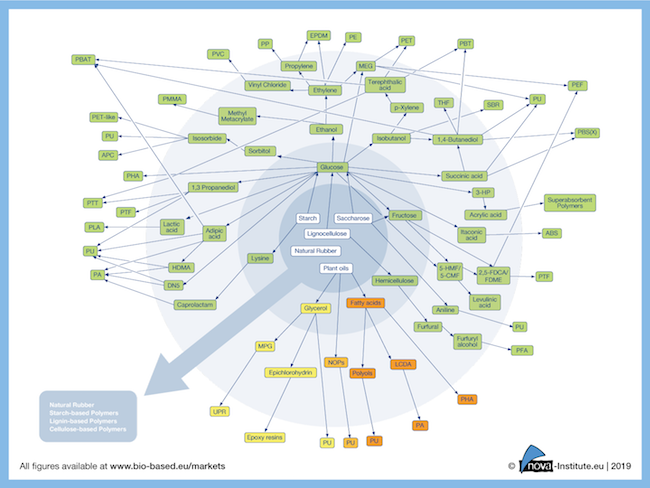
Germany-based nova-Institute (Hürth) has published Bio-based Building Blocks and Polymers – Global Capacities, Production and Trends 2018-2023, which shows capacities and, for the first time, production data for all bio-based polymers. In 2018, the total production volume reached 7.5 million tonnes, representing 2% of the production volume of petrochemical-based polymers. The potential for these materials is currently hampered by low oil prices and a lack of political support, according to nova-Institute.
The production of bio-based polymers has become much more professional and differentiated in recent years, said the report’s summary. “By now, there is a bio-based alternative for practically every application. The capacities and production of bio-based polymers will continue to grow with an expected CAGR of about 4% until 2023, almost at about the same rate as petrochemical polymers and plastics. Therefore, the market share of bio-based polymers in the total polymer and plastics market will remain constant at around 2%.
The increase is mainly a result of the expansion of polylactic acid (PLA) production in Thailand and polytrimethylene terephthalate (PTT) and starch blends production in the United States. New capacity for bio-based polyamides, polyethylene (PE) and, for the first time, polypropylene (PP) and polybutylene adipate-co-terephthalate (PBAT) will be added in Europe during the report’s timeframe. The great biopolymer hope, polyethylene furanoate (PEF), will only be available in commercial quantities after 2023, said nova-Institute.
Many processors know that they should implement a purge program but just don't know how to get started. This presentation will discuss what data to collect, how to collect it, and how to measure performance when you introduce purging to your process. Our purging expert will explain different tangible ways purging compounds can improve efficiency and will discuss several customer examples of how purge programs helped them reduce costs.
So far, the two major advantages of bio-based polymers have not been politically rewarded, said the research organization. The first advantage is that bio-based polymers are renewable, which is indispensable for a sustainable plastic industry, the report’s summary noted. The second, which is offered by about a quarter of bio-based polymer production, is biodegradability. Only a few countries—Italy, France and, in the future, probably Spain—will politically support this additional disposal path.
The most important market drivers in 2018 were brands seeking to offer customers environmentally friendly solutions and consumers looking for alternatives to petrochemicals. If bio-based polymers were accepted as a solution and promoted in a similar way to biofuels, annual growth rates of 10 to 20% could be anticipated, according to nova-Institute. If the price of oil rises significantly, bio-based polymers could gain market share in similar numbers.
[ add comment ] ( 47 views ) | permalink |




 ( 3 / 1963 )
( 3 / 1963 )

 Calendar
Calendar